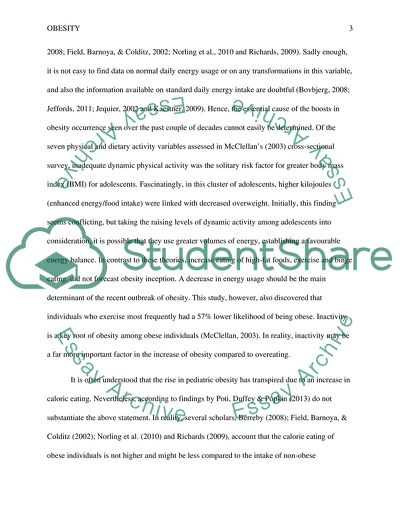Cite this document
(Obesity isn't just about Diet Essay Example | Topics and Well Written Essays - 1500 words, n.d.)
Obesity isn't just about Diet Essay Example | Topics and Well Written Essays - 1500 words. https://studentshare.org/health-sciences-medicine/1809514-obesity-isnt-just-about-diet-discuss-this-statement-with-reference-to-biological-theories-of-obesity
Obesity isn't just about Diet Essay Example | Topics and Well Written Essays - 1500 words. https://studentshare.org/health-sciences-medicine/1809514-obesity-isnt-just-about-diet-discuss-this-statement-with-reference-to-biological-theories-of-obesity
(Obesity isn'T Just about Diet Essay Example | Topics and Well Written Essays - 1500 Words)
Obesity isn'T Just about Diet Essay Example | Topics and Well Written Essays - 1500 Words. https://studentshare.org/health-sciences-medicine/1809514-obesity-isnt-just-about-diet-discuss-this-statement-with-reference-to-biological-theories-of-obesity.
Obesity isn'T Just about Diet Essay Example | Topics and Well Written Essays - 1500 Words. https://studentshare.org/health-sciences-medicine/1809514-obesity-isnt-just-about-diet-discuss-this-statement-with-reference-to-biological-theories-of-obesity.
“Obesity isn'T Just about Diet Essay Example | Topics and Well Written Essays - 1500 Words”. https://studentshare.org/health-sciences-medicine/1809514-obesity-isnt-just-about-diet-discuss-this-statement-with-reference-to-biological-theories-of-obesity.


